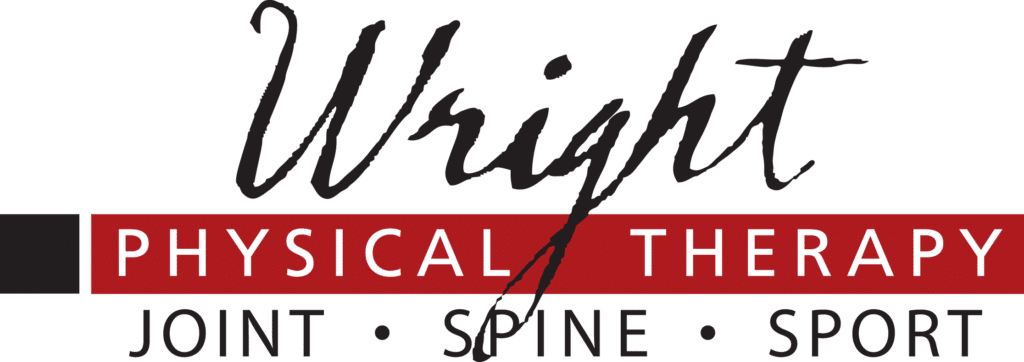Navigating the journey of healing from soft tissue injuries extends beyond the familiar RICE and POLICE methods, which are more suited for the acute phase of injury. These traditional approaches don’t fully cover the spectrum of recovery, which includes sub-acute and chronic stages. The introduction of the PEACE and LOVE acronyms in 2019 has offered a more well-rounded approach to soft tissue injury management. This guide focuses on the entire range of care, emphasizing the need for patient education and the role of psychosocial factors in the recovery process.
PEACE: Immediate Care Strategies
P = Protect: Immediately after an injury, protecting the affected area is crucial. Limiting movement for 1-3 days minimizes further damage. However, it’s important to avoid prolonged rest, which can weaken tissues. Transitioning from protection to gentle movement should be guided by your comfort and pain levels.
E = Elevate: Elevating the injured part above your heart can help control swelling. Though the evidence is limited, this simple and safe method can assist in reducing discomfort and facilitate recovery.
A = Avoid anti-inflammatory modalities: Common treatments like anti-inflammatory medications and ice might slow down your recovery. These can disrupt the body’s natural healing processes, crucial for proper tissue repair.
C = Compress: Using bandages or tape for compression can effectively manage swelling. However, it’s essential that this compression doesn’t overly restrict movement, as maintaining mobility is key to recovery.
E = Educate: Knowledge is a powerful tool in your recovery journey. Understanding the benefits of an active recovery approach and avoiding over-reliance on passive treatments is critical. The physical therapists at Wright Physical Therapy will educate you about your condition, manage treatment expectations, and guide you towards self-management of your injury.
LOVE: Long-Term Care Strategies
L = Load: Optimal load is key to healing injuries. This means using the right amount of movement and stress to help the body repair and regain function. Research shows this method speeds up healing. As you heal, the amount of movement needed changes. Our skilled physical therapists can guide you on how to safely and effectively do this. Gradual, carefully measured exercises and movements are important to heal without causing extra pain, helping your injured tissues get stronger.
O = Optimism: Your mindset significantly influences your recovery. Negative emotions and fear can impede progress, making it important to maintain a realistic yet hopeful outlook for optimal healing.
V = Vascularization: Incorporating cardiovascular exercises into your recovery plan can enhance blood circulation, improve mood, and aid in functional recovery. These activities should be pain-free and tailored to your specific condition.
E = Exercise: Specific therapeutic exercises, especially for injuries like ankle sprains, are crucial in reducing re-injury risks. These exercises aim to restore movement, build strength, and improve balance. The physical therapists at Wright Physical Therapy will help you progressively intensify these exercises, using pain as a guide to pace your recovery.
By embracing the PEACE and LOVE principles, you receive a comprehensive framework for managing soft tissue injuries at Wright Physical Therapy. This patient-centered approach highlights the importance of active involvement in your recovery process. Collaborating with your therapist at Wright Physical Therapy, understanding your body’s cues, and maintaining a positive, informed outlook are key to achieving a successful and holistic recovery. This path not only promotes healing but empowers you as a patient, leading to a more resilient return to daily activities.



